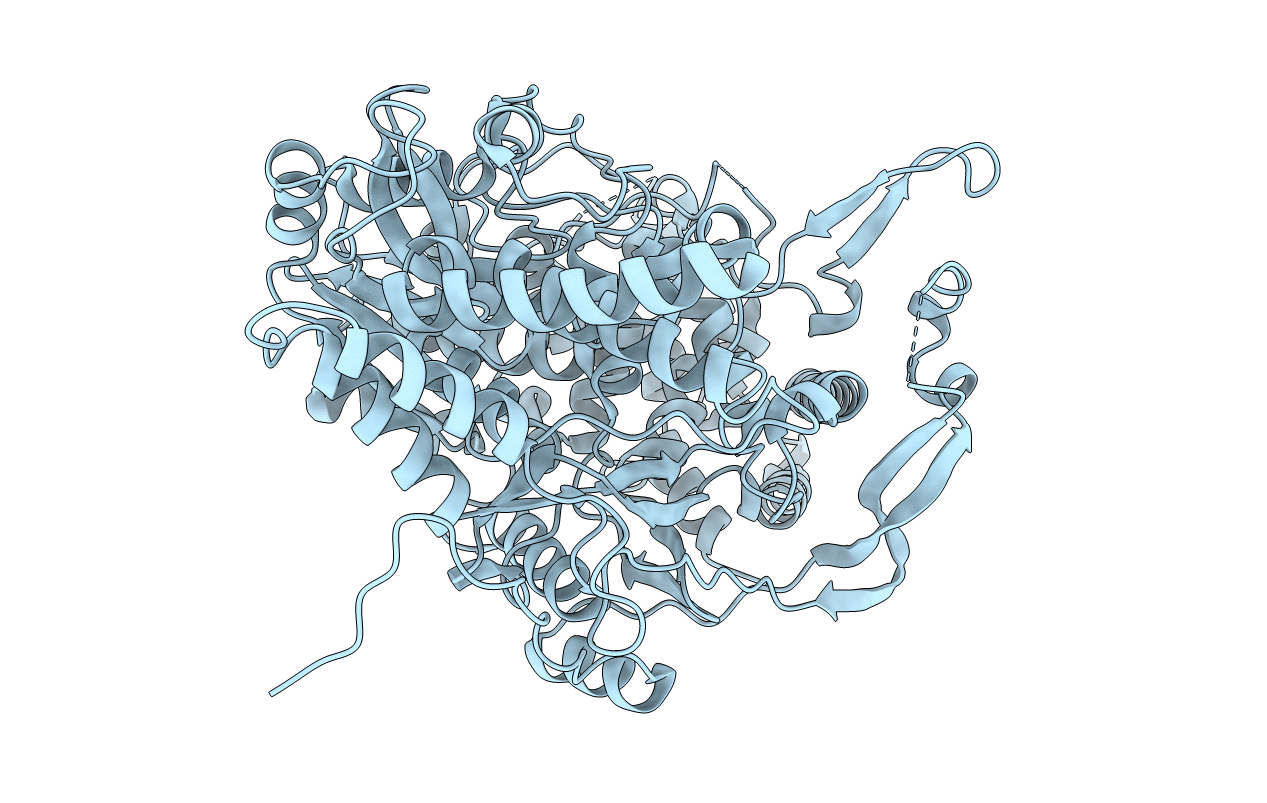
Deposition Date
2007-05-09
Release Date
2007-11-27
Last Version Date
2024-02-21
Entry Detail
PDB ID:
2PUS
Keywords:
Title:
Unprecedented activation mechanism of a non-canonical RNA-dependent RNA polymerase
Biological Source:
Source Organism:
Infectious bursal disease virus (Taxon ID: 10995)
Host Organism:
Method Details:
Experimental Method:
Resolution:
2.40 Å
R-Value Free:
0.26
R-Value Work:
0.23
R-Value Observed:
0.23
Space Group:
P 61 2 2


